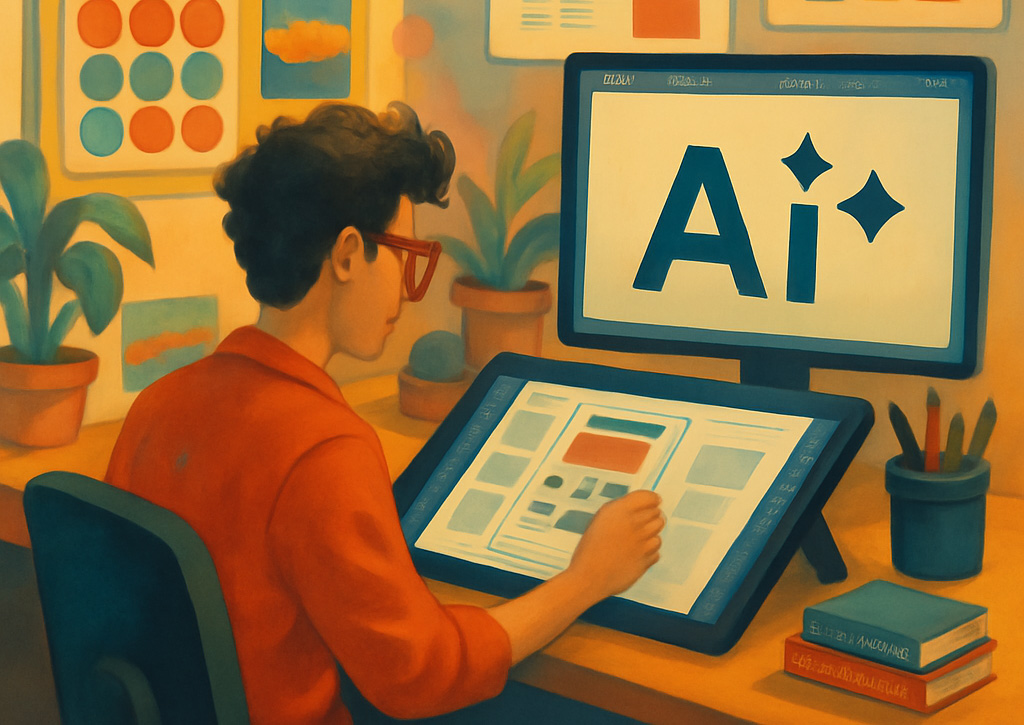Why UX Often Goes Unnoticed (From My Experience)
Good UX Feels Invisible
When a design works well, users don’t think about it—they just move through the experience effortlessly. No one stops to appreciate that a smooth checkout flow or an intuitive dashboard took weeks (or months) of research, testing, and iteration. But the moment something is confusing or broken, UX is suddenly a talking point. I’ve learned to take this as a sign that I’m doing my job well.
Credit Gets Shared (or Taken)
UX design is a collaborative effort. Developers, product managers, and stakeholders all have a hand in shaping the final product. Sometimes, by the time a UX-driven change is implemented, it’s hard to trace back where the idea came from. I’ve seen situations where UX recommendations led to major improvements, but the credit went to another team simply because they were the ones who pushed it live.
Business Metrics Overlook UX Impact
In many organizations, success is measured by revenue, conversion rates, or signups—metrics that don’t always reflect UX improvements directly. A better user experience might reduce frustration, increase engagement, or lower support tickets, but unless those benefits are tracked, leadership may not recognize the role UX played in them. I’ve learned that if UX teams don’t connect their work to measurable outcomes, our impact often goes unnoticed.
Stakeholders Have the Final Say
One of the toughest lessons I’ve learned is that even the best UX solutions can be deprioritized or changed to fit business goals. Leadership often makes decisions based on deadlines, costs, or competing priorities, sometimes at the expense of user experience. Early in my career, I used to take this personally. Now, I focus on influencing decisions where I can while understanding that UX is just one piece of the puzzle.
How I Stay Positive as a UX Designer
I Speak in Business Terms
One of the biggest shifts in my career was learning to frame UX benefits in terms that resonate with leadership. Instead of saying, “This improves usability,” I now say, “This can reduce drop-offs by 20%,” or “This change could lower support tickets, saving time and resources.” When UX is tied to business outcomes, people start paying attention.
I Celebrate Small Wins
I’ve stopped waiting for big moments of recognition. Instead, I celebrate the small wins—like positive user feedback, a well-received prototype, or even just seeing a design function exactly as intended. These moments remind me why I love UX in the first place.
I Educate Others About UX
Many people still think UX is just about making things “look nice.” Over the years, I’ve made it a habit to explain the depth of UX work—research, accessibility, usability testing, and problem-solving. The more I educate colleagues and stakeholders, the more they respect UX as a crucial part of the process.
I Stay User-Centered, Not Ego-Centered
I’ve accepted that I won’t always get credit, and that’s okay. My goal isn’t recognition—it’s creating better experiences for users. If someone interacts with a product I’ve worked on and everything just works for them, that’s a win in my book.
I Build Strong Relationships Across Teams
I’ve found that the more I collaborate with developers, product managers, and leadership, the more UX is considered in key decisions. When people see UX as an integral part of the process rather than an afterthought, our influence grows naturally.
Final Thoughts
It took me years to accept that UX isn’t a field where you always get public recognition, and that’s okay. The real impact of UX is in the experiences we create, not the credit we receive.
For any UX designer struggling with this, my advice is simple: focus on the users, track your impact, and find fulfillment in the work itself. Recognition might come and go, but the value we bring to people’s experiences is what truly matters.







